The viability of your mobile app depends on its revenue strategies. Irrespective of whether you created premium software or a free app that can be downloaded, you need to create a monetization plan that satisfies your customers and keeps your business successful.
The grocery app solution that you have created so far can be managed in a variety of ways. There are, nevertheless, certain essential guidelines that must be followed while developing applications. Online grocery stores have a lot of expansion potential since consumers are constantly looking for innovative and practical ways to better their lives. According to a poll, the grocery business will grow swiftly and reach a value of $38.16 billion in 2023.
There are several grocery-related applications available to suit a variety of requirements. The revenue sources for online grocery delivery services go well beyond simply providing products on demand. Each link in the network generates revenue for the grocery delivery apps that use it to represent them in the marketplace.
Here are some of the best monetization methods that could boost your Grocery App
For your app monetization plan to be successful, you need to find it. On certain occasions, the free app performed better than the premium app and vice versa. The excellent custom software monetization options listed below are worth considering whether you are launching a premium app or looking for a mobile application monetization method.
- Advertisements within apps:
If your software doesn’t have ads, you may miss out on a great monetization opportunity. Digital advertising in mobile applications has greatly improved the business-consumer relationship. The main reason for this is the amount of time peThe viability of your mobile app depends on its revenue strategies. Irrespective of whether you created premium software or a free app that can be downloaded, you need to create a monetization plan that satisfies your customers and keeps your business successful.
The grocery app solution that you have created so far can be managed in a variety of ways. There are, nevertheless, certain essential guidelines that must be followed while developing applications. Online grocery stores have a lot of expansion potential since consumers are constantly looking for innovative and practical ways to better their lives. According to a poll, the grocery business will grow swiftly and reach a value of $38.16 billion in 2023.
There are several grocery-related applications available to suit a variety of requirements. The revenue sources for online grocery delivery services go well beyond simply providing products on demand.
Each link in the network generates revenue for the grocery delivery apps that use it to represent them in the marketplace people spend on their mobile phones. People usually choose not to pay for programs they use frequently. Knowing that there are free alternatives discourages people from downloading $0.99 applications.
So how can an app generate revenue?
Having access to the software can easily solve the problem. There are advertisements accessible in the application. Advertisers are well aware of the advantages mobile applications have over text messages and browser-integrated ads.
There are five types of native ads:
Collection forms: Offer incentives such as points or tokens to users who enter their email addresses in exchange for consent. Most often you will find captcha forms in mobile games.
Full-Screen Ads: These ads are typically placed in between natural gaps, such as when scrolling between menus. They are more likely to receive clicks because they don’t really interfere with the consumer’s ability to use the product.
Notification Indicators: Consumers are notified of their presence when they appear in the status bar of their mobile device. Not the most popular ads can hurt your app’s reputation.
Banner Ads: App banner ads are less successful as they often appear at the top or bottom of the page and are more intrusive than other types. Think carefully before including it in your business’s app as it can annoy consumers.
Advanced overlays: Similar to interstitial ads, use transition points. But it’s interactive, not just clicking on an image. It’s like a combination of full-screen and captcha ads.
Therefore, choose the in-app marketing strategy that best suits your demands and will boost the viability of your app.
- Sponsorship & Partnership:
Ensuring collaboration with another brand is another option to profit from the application. To do this, you need to find the ideal partner who can share your target audience and improve the customer experience. Your business can benefit from creating an integrated experience with your partners, and your consumers will enjoy it more, too.
Additionally, there’s a potential that consumers may click on advertising highlighting your app if your partner includes one, which will take them to your grocery app. Click-through rate is the term for this (CTR). Given that it can reach 12.5 percent, many grocery app developers choose this.
As a result, once you’ve considered hosting and disseminating advertising, you may think about partnering with another organization or even sponsoring an event to expand your reach.
- Purchased through an app:
Even though the majority of downloaded applications are free, users have the option to make in-app purchases. The solution in this case is in-app purchases. Through in-app purchases, you may monetize your typically free program while still enabling user interaction. is an essential part.
The consumer is required to pay in this case for the premium advantages but not the initial cost. Customers can choose in-app payment options, and businesses can provide services or allow customers to make purchases directly through the app.
Read Also: Grocery Delivery App Development: Essential Features & Cost Estimation
- Free and paid versions:
In-app purchases are a common way for freemium apps to make money for their developers. These programs are free to download, as was already indicated. But even a totally autonomous software that has all the capabilities necessary to provide a complete user experience may generate revenue.
By providing a more affordable version, users may get a taste of what the application is capable of. It appears to be a movie trailer. After utilizing the accessible version, users will rapidly come to understand how crucial your product is to their daily life and how impossible it would be for them to function without it. Ask if they would enjoy purchasing if you are interested in buying and like the features provided. Tinder is a prime illustration of this strategy.
- Delivery & Service fee:
The user might be charged for both the service cost and the delivery fee. You may charge a delivery fee to customers if you have opted for the marketplace business model.
- Paid Membership:
Users can pay subscriptions in your app to have access to extra perks. For instance, there will be no surge costs, free delivery, and priority delivery. You can provide store membership plans to allow sellers to sell on your platform for a set amount of time-based on your goals.
- Surge Pricing:
You may raise the costs on your grocery delivery app in the same way ride-hailing services like Uber do when there is a spike in demand, such as during peak hours or the rainy season. For instance, Food delivery apps like Zomato have recently updated their platform with a dynamic algorithm that causes the price of some things to rise automatically when there is a shortage of inventory or a strong demand for that particular item.
- Commission:
One of the most acceptable methods to make money with grocery delivery apps is this. You can change the store owner’s commission on each order a business receives through your platform. Depending on availability and demand, you may permanently set various commission rates on items and in different areas.
- Merchandise:
Once your program has become more well-known, you may also begin selling your products. For some extra money, you may get water bottles, small kitchen appliances, shopping bags, coupons, and more.
Conclusion:
By now, you are aware of the potential for applications to expand your company and increase revenue. You may employ devoted developers who can expand your app’s capabilities to guarantee the highest degree of customer satisfaction. Furthermore, the monetization approach that works for me must work for you as well. In the end, everything boils down to what you need.
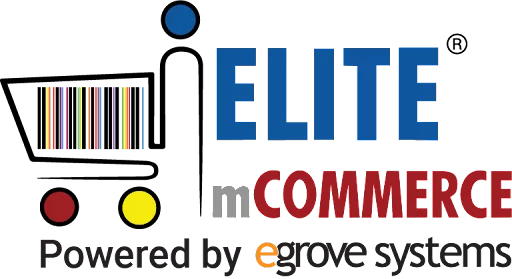
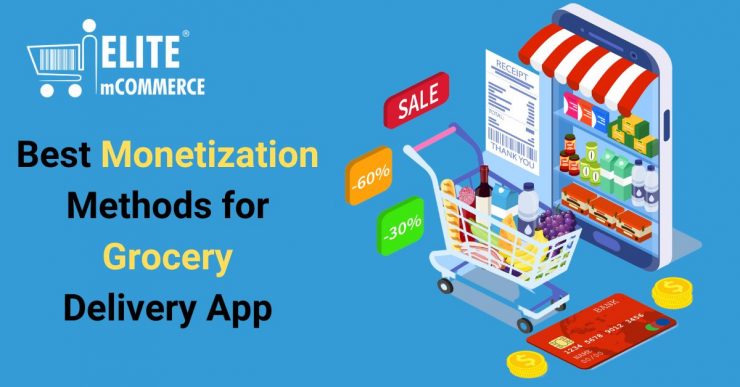



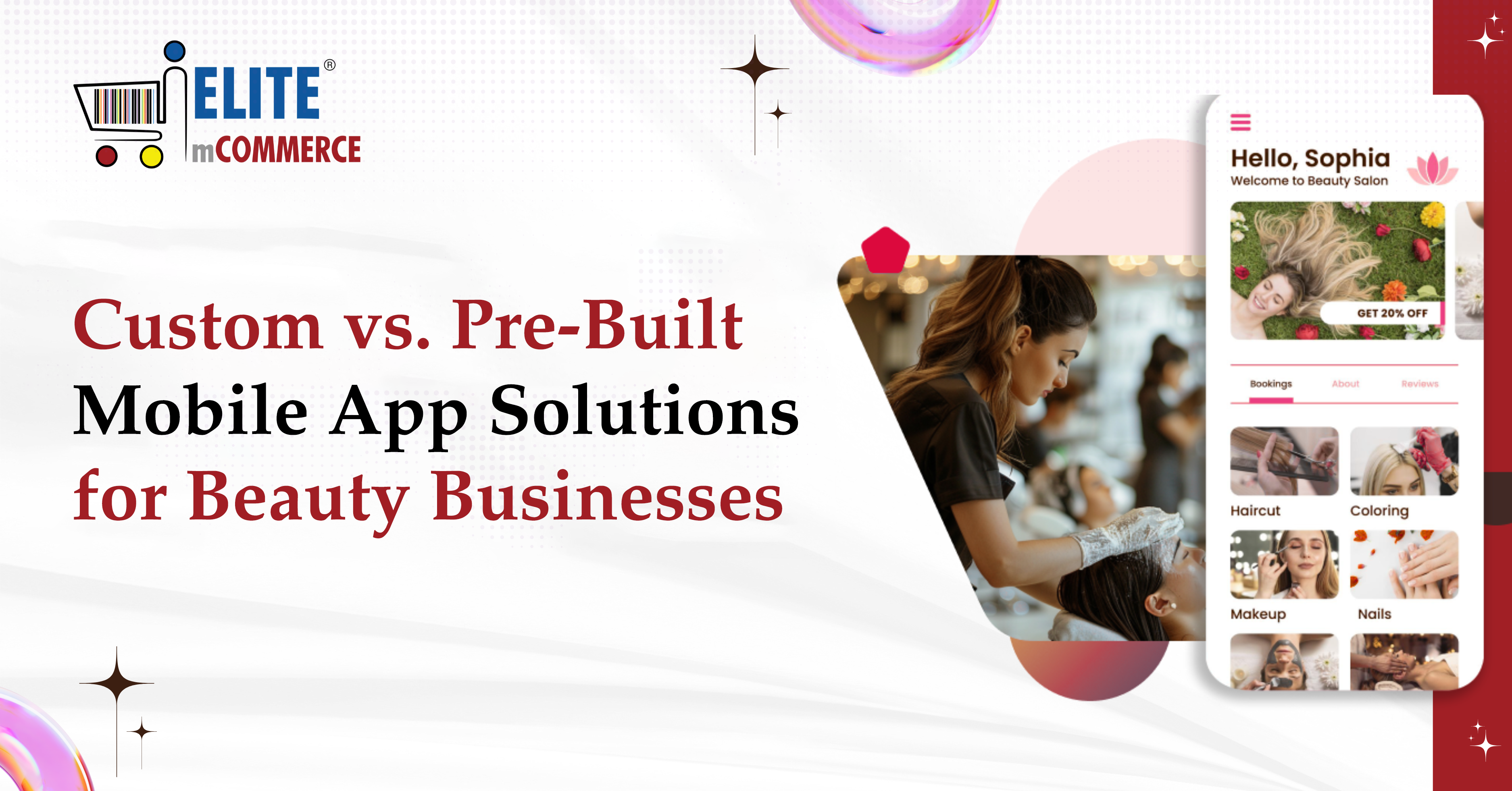
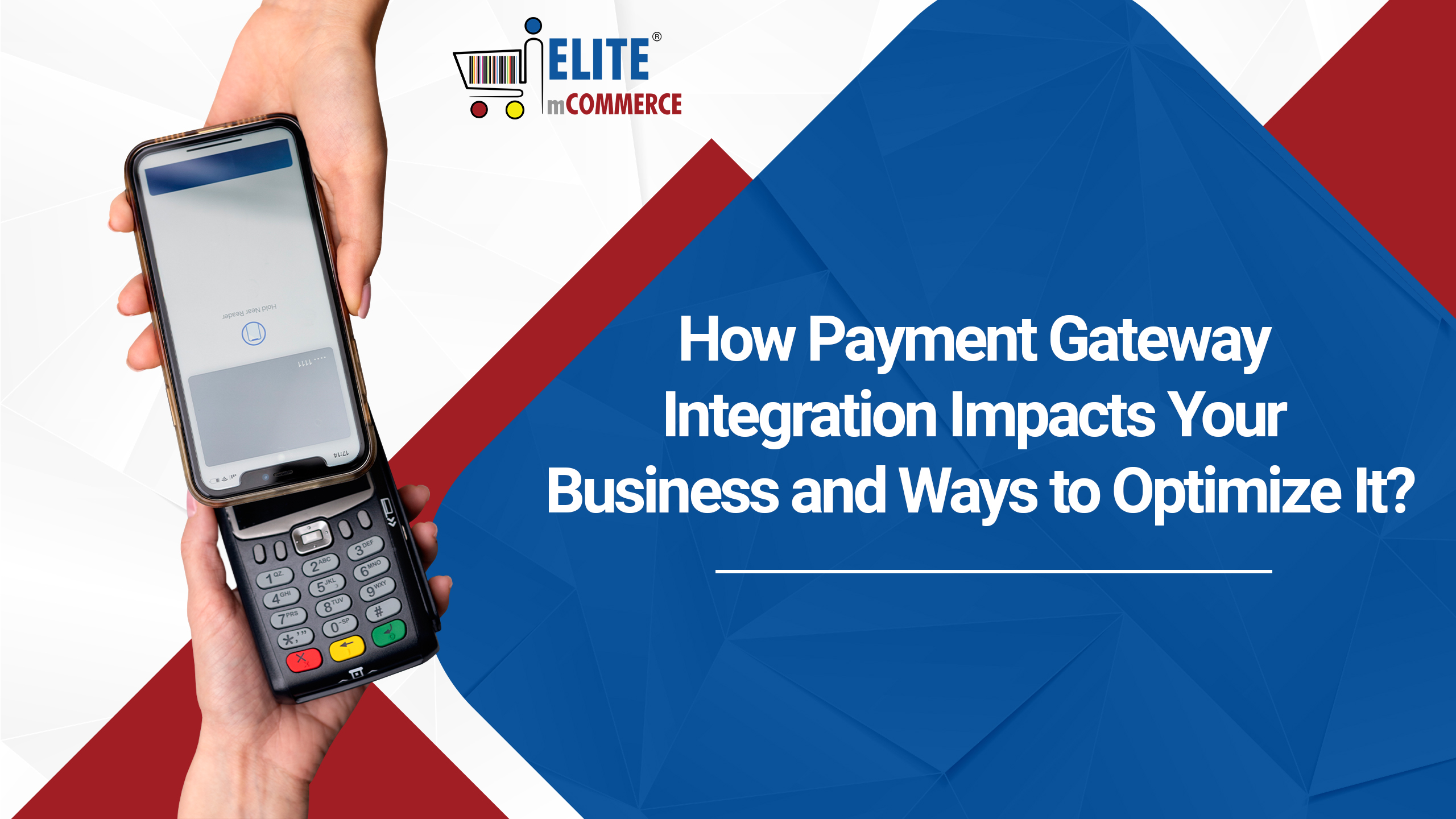
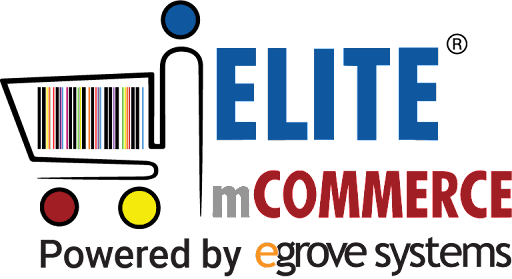
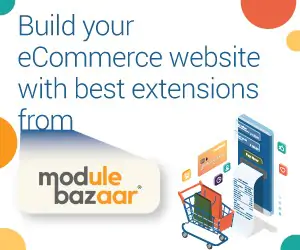
Add comment